China Caxin PMI manufacturing dropped 0.1 to 51.0 in June, met expectations. Caixin noted in the release that “productions expands as faster pace … despite softer rise in total new orders and further decline in export sales”. And, “staffing levels fall at quickest rate for nearly a year.”
Quote from the release by Dr. Zhengsheng Zhong, Director of Macroeconomic Analysis at CEBM Group:
“The Caixin China General Manufacturing PMI stood at 51.0 in June, dropping slightly from a month earlier but remaining in expansion territory. The output index continued to rise, suggesting that manufacturing supply was relatively strong. The new order index dropped marginally, and the employment index dropped for the second consecutive month, indicating worsening layoffs. The index for new export orders fell to a low for the year so far and remained in contraction territory, pointing to a grim export situation amid escalating trade disputes between China and the U.S., which led to weak demand across the manufacturing sector.
“The indices for output charges and input prices both rose, with the latter jumping sharply, continuing to drive the output index upward and suggesting that the year-on-year growth of the producer price index probably continued to rise significantly in June. Corporate profits could have been squeezed due to the rapid rise in input prices, leading to a dip in the future output index. The two indices measuring stocks of finished goods and purchases both dropped, with the latter falling into contraction territory for the first time this year, reflecting that the manufacturing sector is stepping into a destocking phase amid weak demand. The suppliers’ delivery times index remained in contraction territory, indicating delivery delays and poor capital turnover among manufacturing suppliers.
“Overall, the manufacturing PMI survey pointed to strengthening price pressures in June. Deteriorating exports and weak employment, along with companies’ destocking and poor capital turnover, put pressure on the manufacturing sector.”
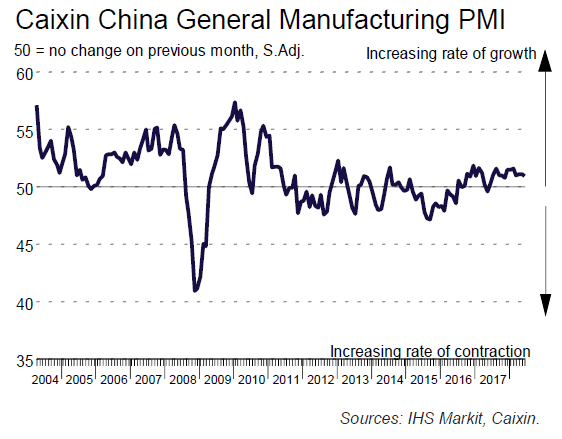
Full release here.
Released over the weekend, the official China PMI manufacturing dropped -0.4 to 51.5 in June. Official PMI non-manufacturing rose 0.1 to 55.0.




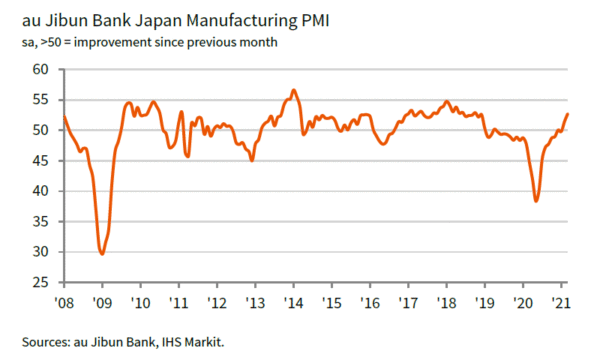
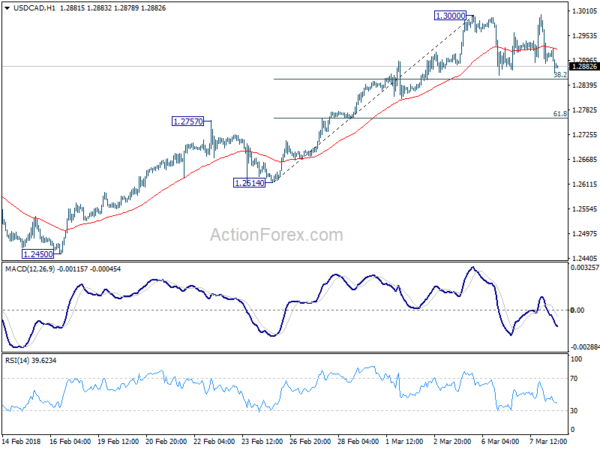
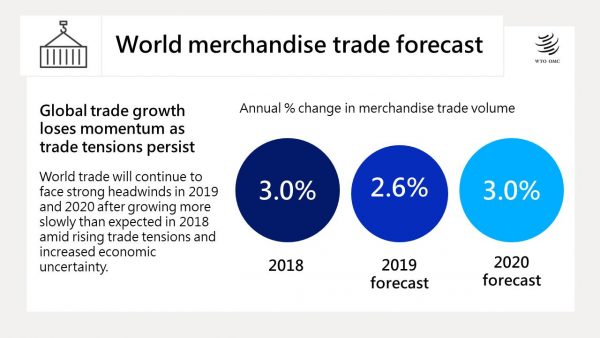
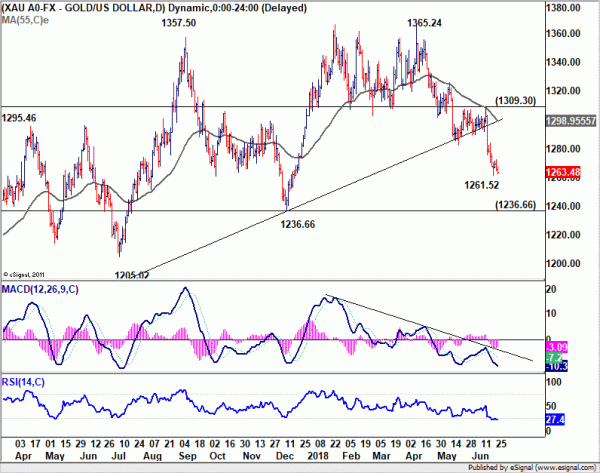
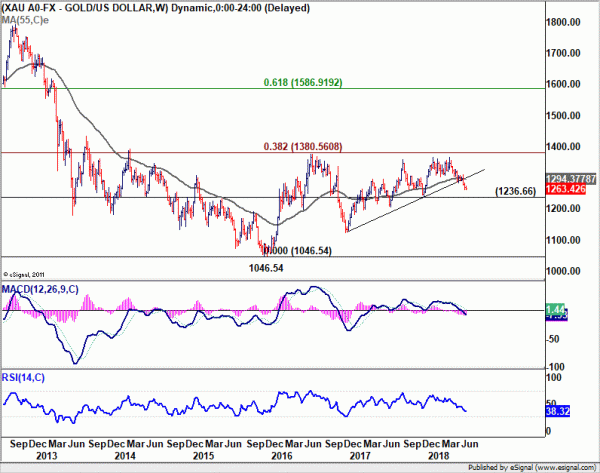
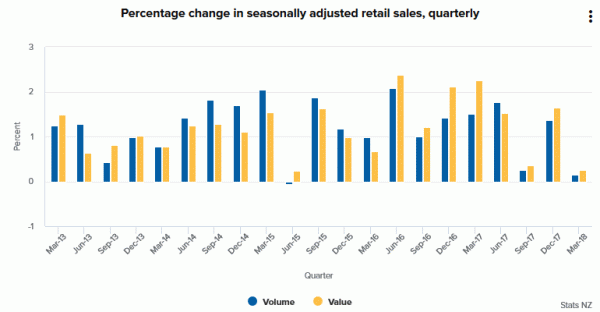
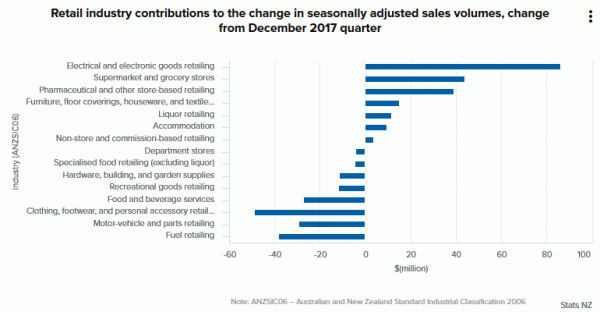
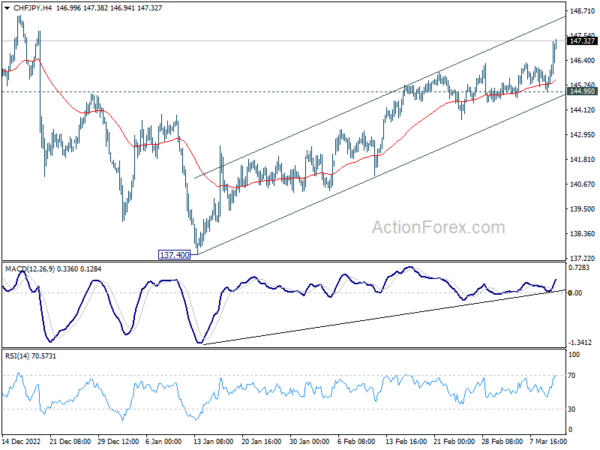
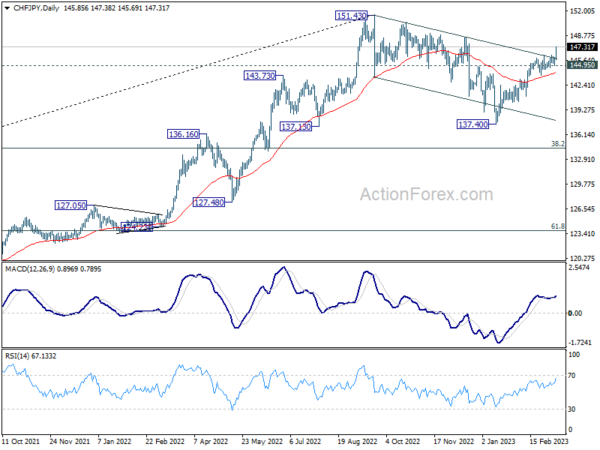
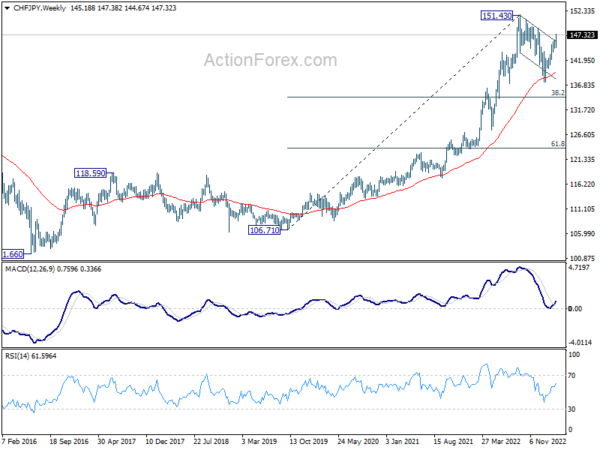
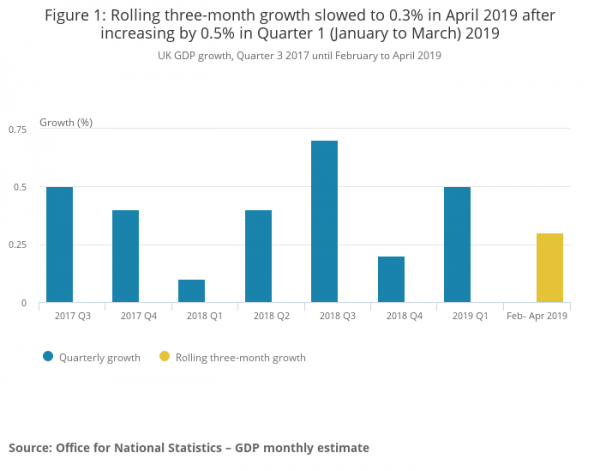
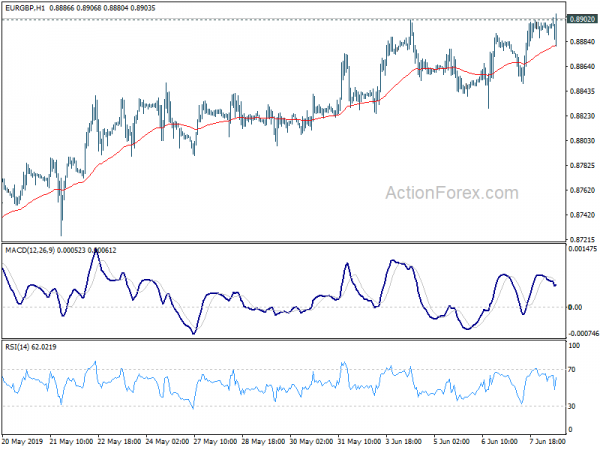
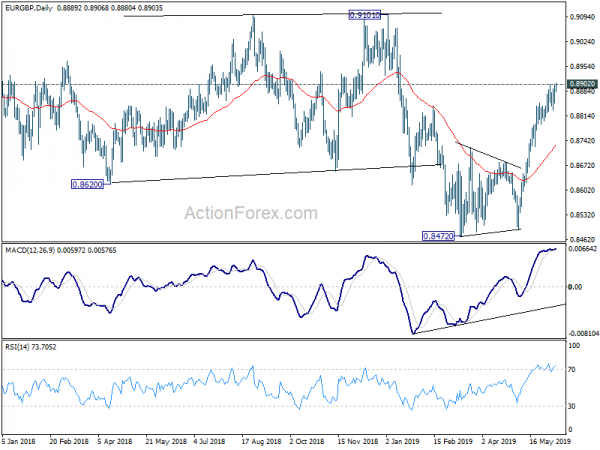
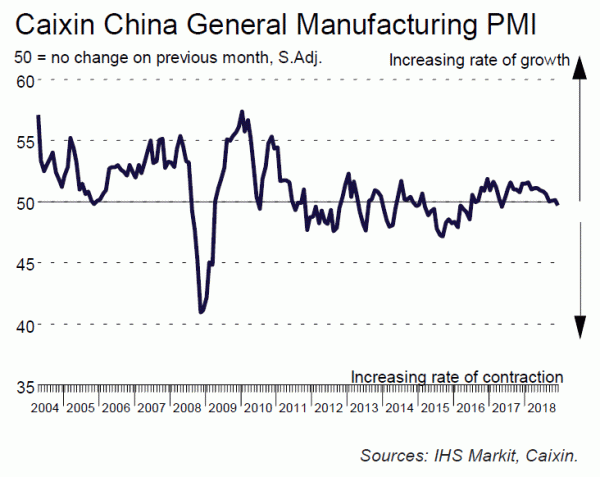
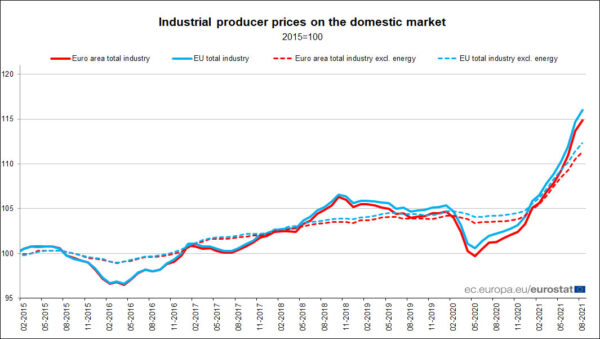
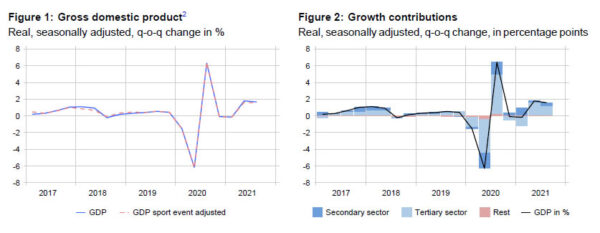
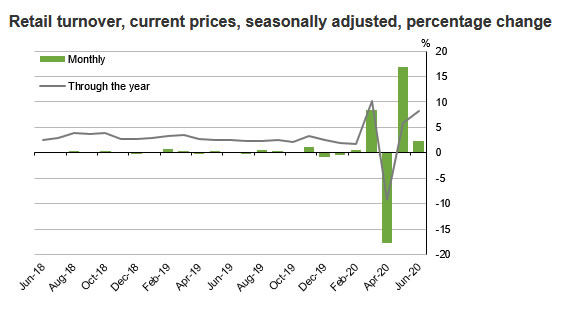


Fed Kashkari: We misread faulty labor market signals, but cutting rates won’t help inflation expectations
Minneapolis Fed President Neel Kashkari said in a speech in Santa Barbara that Fed could have misread faulty signals from the labor markets. And current situation suggests monetary policy was too tight in this recovery. Fed should be patient and allow inflation to overshoot target. Yet, he doesn’t see cutting rates offer any help. Overall, he advocates a wait-and-see with patience approach.
Kashkari said Fed could have “misread” the labor market and feared that “if we hit maximum employment, inflation might suddenly accelerate”. Thus, “we would then have to raise rates quickly to contain it”. However, the “headline unemployment rate has been giving a faulty signal”. Considering inflation “somewhat too low” and job market “still showing capacity”, he added, “the only reasonable conclusion I can draw is that monetary policy has been too tight in this recovery”.
On monetary, policy, Kashkari said “for our current framework to be effective and credible, we must walk the walk and actually allow inflation to climb modestly above 2 percent in order to demonstrate that we are serious about symmetry”. However, he also told reporters that “I am not sure that cutting rates would do much to inflation expectations.”
Kashkari’s full speech here.